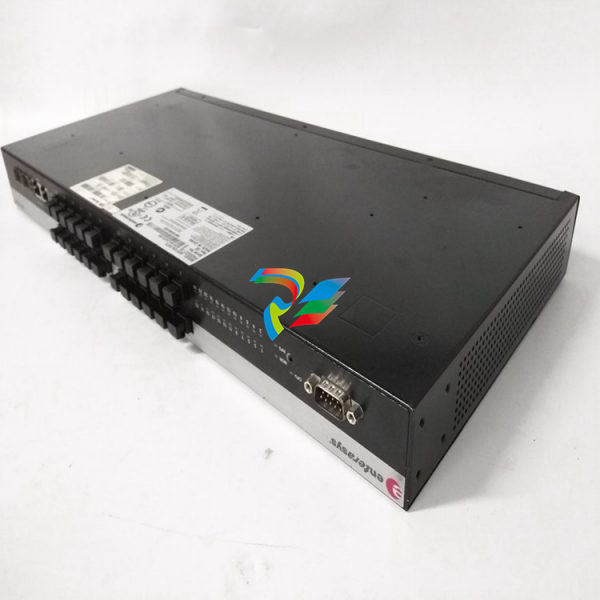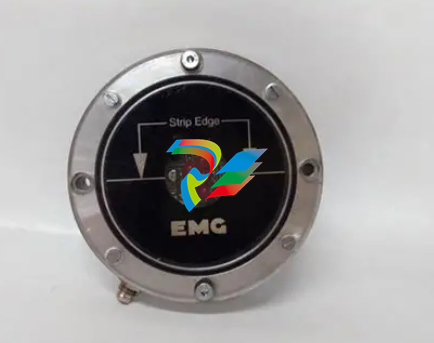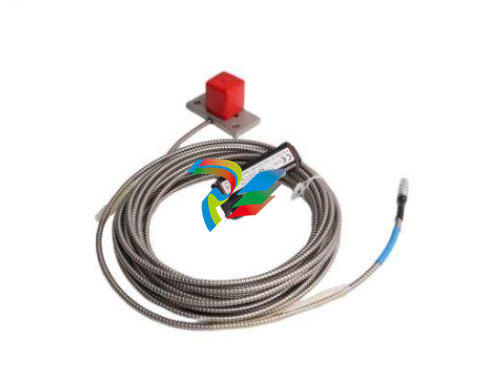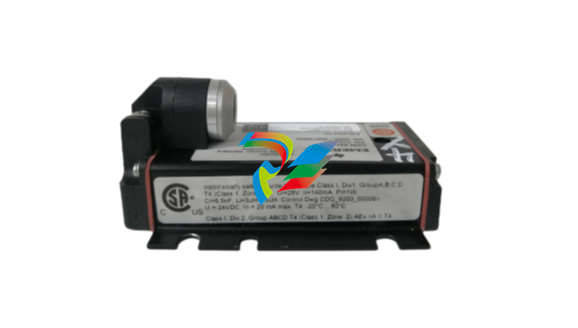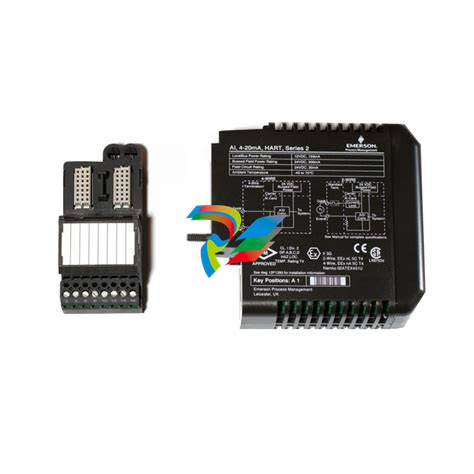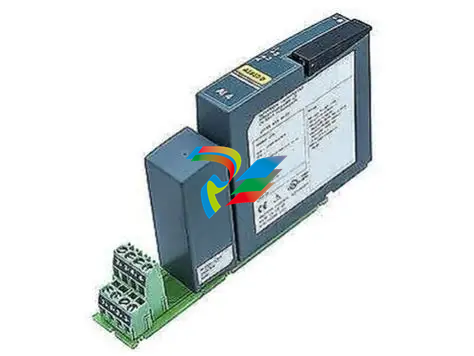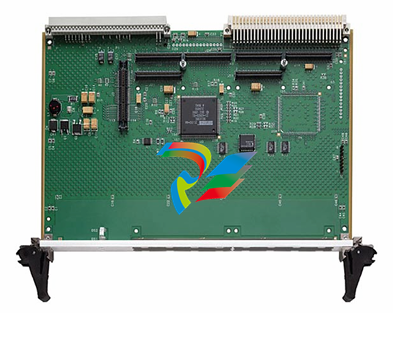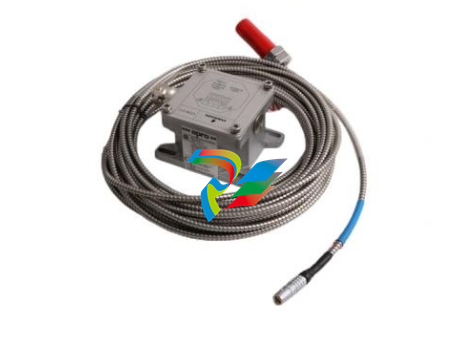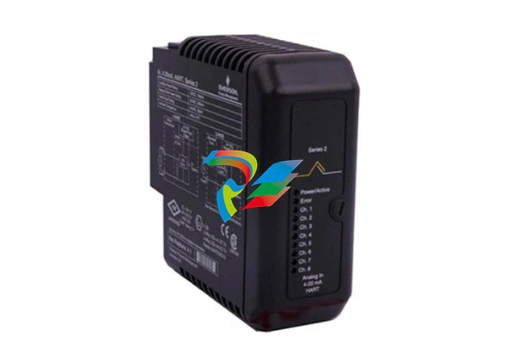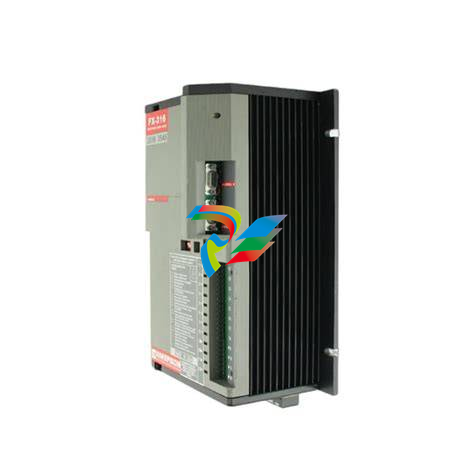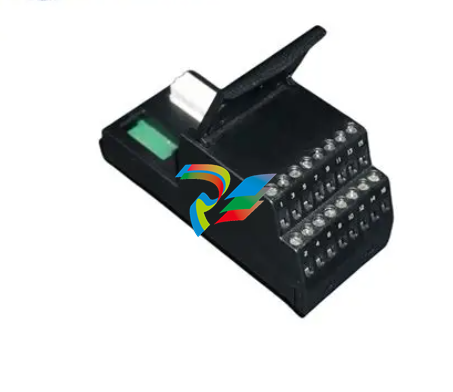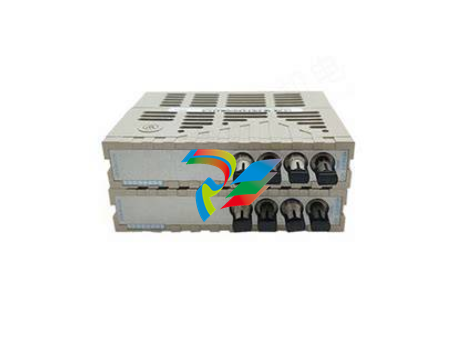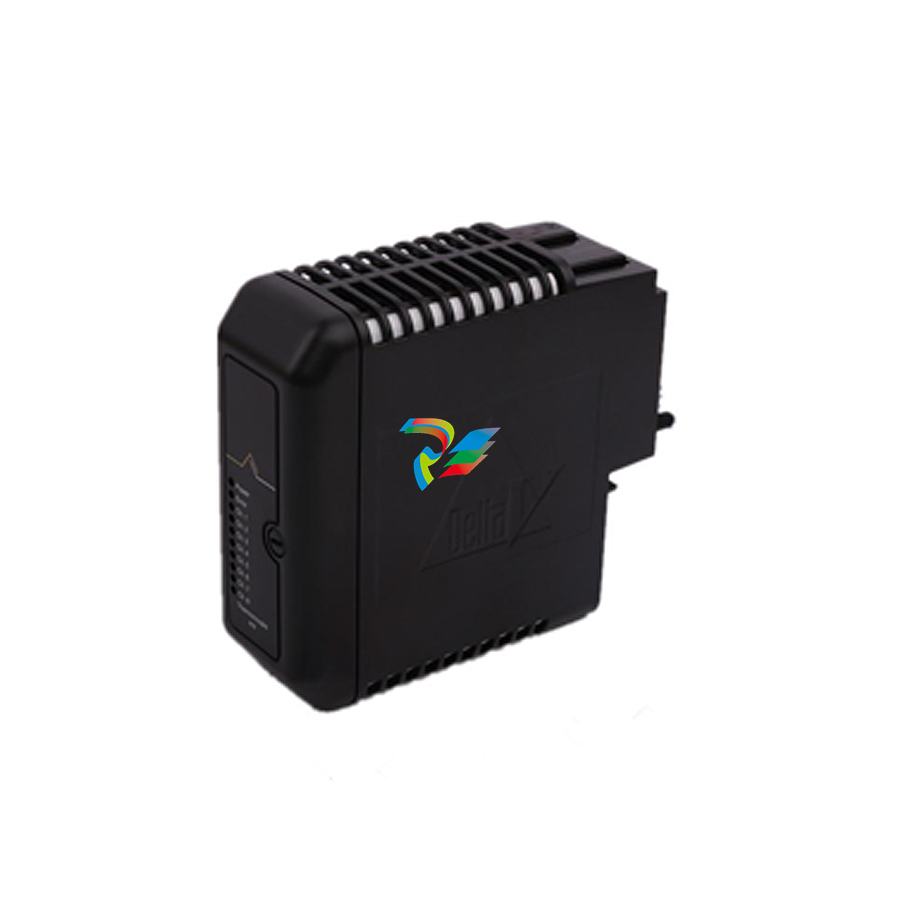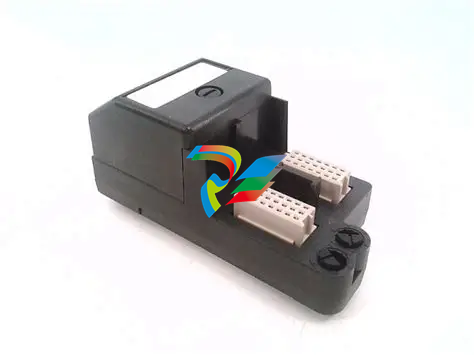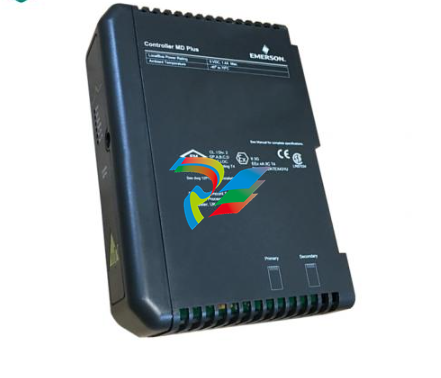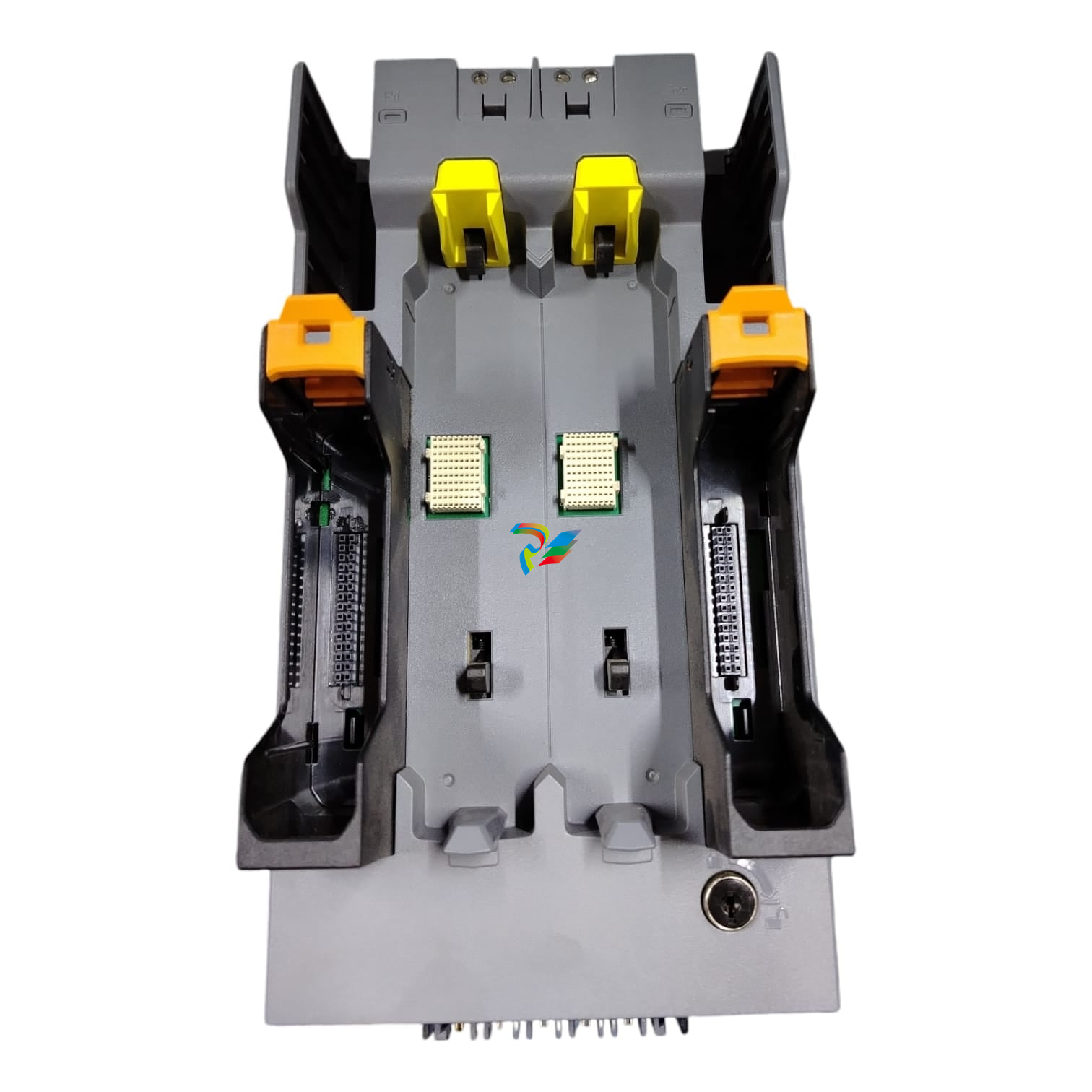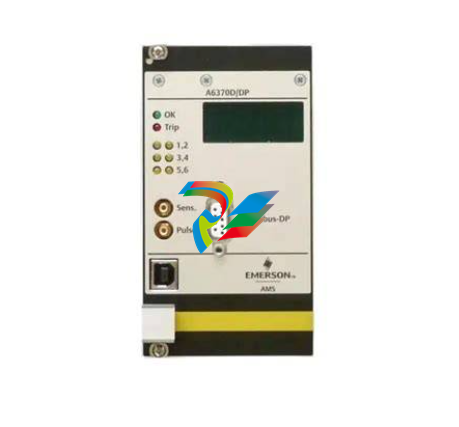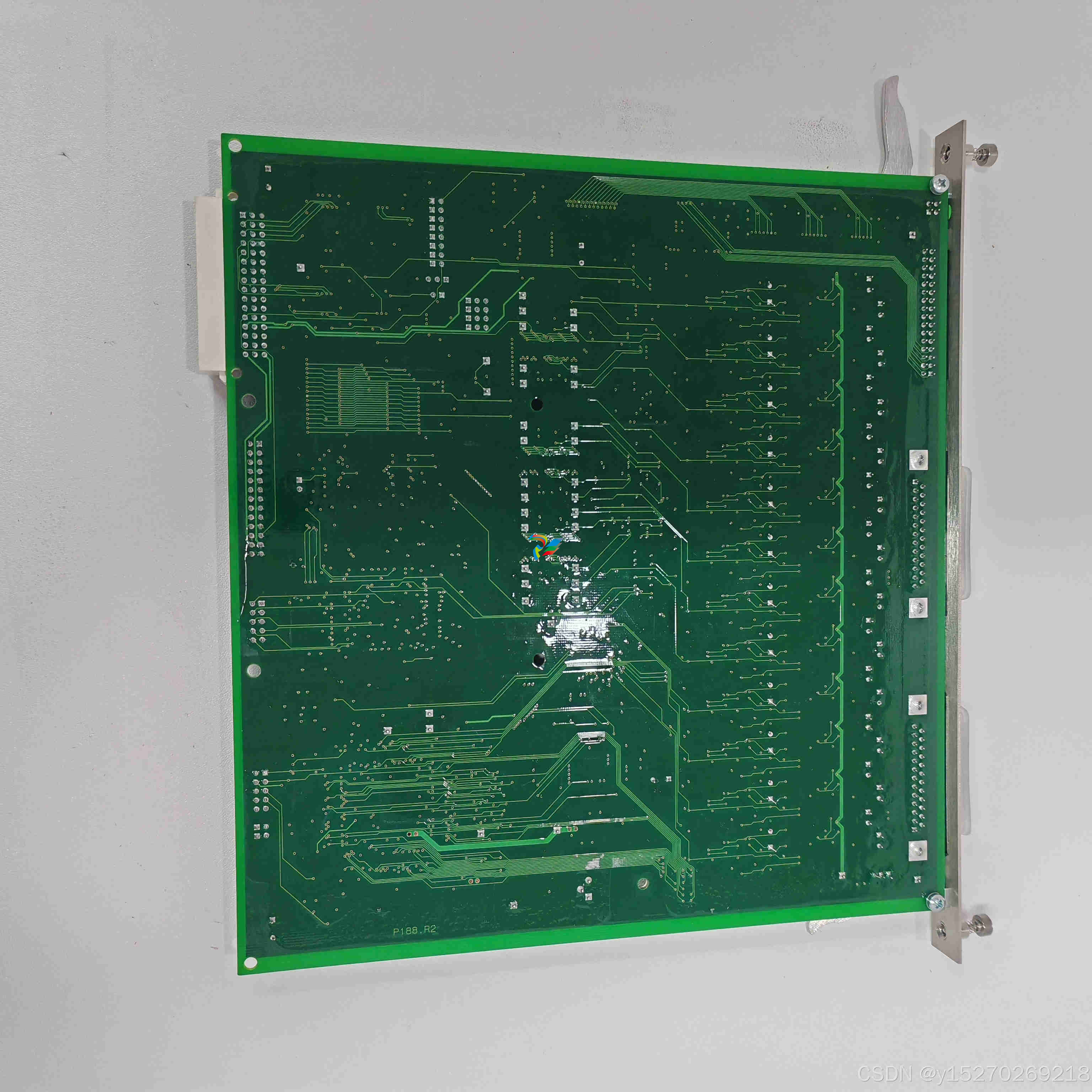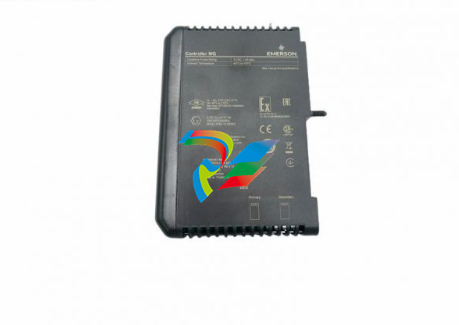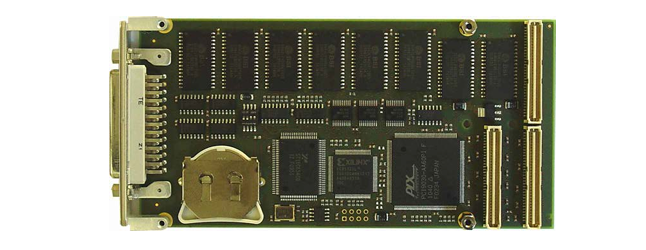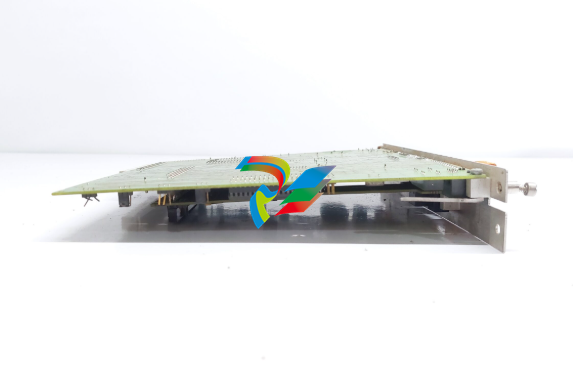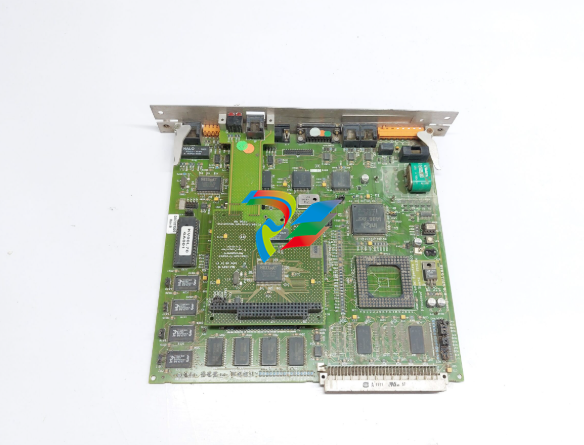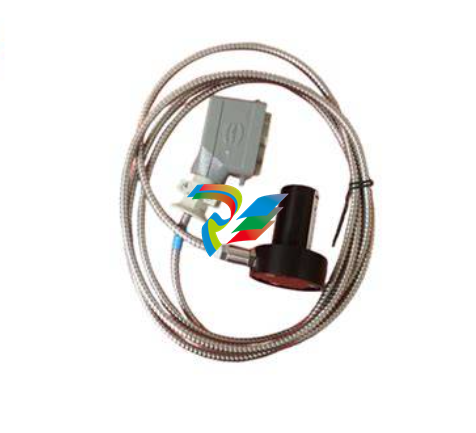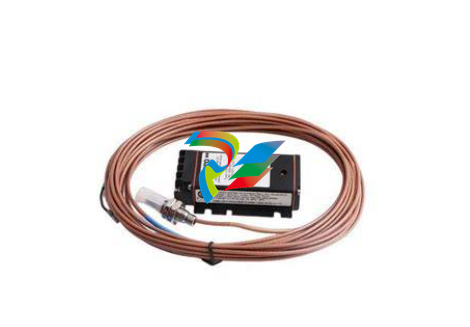
ABBCrane motion controller 25-2000 A, 380-690 V
1) Technical information and downloads are available on www.abb.com/cranes
2) About 10 new default for parameter values.
3) New sorting of parameters for Design, basic Start up and Special functions.
4) To enter super-synchronous lowering is based only on speed reference and not on estimated speed when rotor frequency based speed feedback is used.
5) A faster control response then exit from super-synchronous lowering to regulated speed range with rotor frequency based speed feedback by injection of predicted plugging current.
6) A faster return then exit from super-synchronous lowering to regulated speed range. The faster return is not dependent on setting of retardation time or type of speed feedback. A driver will have a virtually direct response then notching back
7) A faster return then changing from full speed reference with typically reached 90% final speed for travel motions and hoists up. The faster return is not dependent on setting of retardation time or type of speed feedback. A driver will have a virtually direct response then notching back.
8) The function of previous releases with higher gain for a certain time after controller release has been removed, as the general speed control is capable of giving good properties also in this situation.
9) N+1 run (DRI_TYPE = 4) has been removed as this situation is covered by the four parameter sets.
10) Possibility to connect a Low pass-filter to the speed feedback. With time set with parameter. The standard setting is to not use this filter, but it can improve the control for mechanically unstable cranes.
11) For manually operated cranes a Travel motion can have a virtual plug braking if pulling the master switch to the opposite direction than the actual motion. This function will shorten the deceleration ramp time.
12) The I- and P-gains can be functions of Speed reference range when needed to have very fast control as for sway control or automated cranes in general. There are 4 + 4 = 8 new speed regulator parameters for this.
13) The rotor contactors will not close if the line current is too low. The control will be performed with averagely lower current and better controllability of the motor
14) The ASTAT controller can be forced to operate with rotor contactor K1 closed in hoisting direction to better adopt to older existing rotor resistors
15) The rotor contactors K2 and K3 will not close in lowering operation except for super-synchronous lowering.
16) A detection of wrong connection of direction signals and polarity of speed reference. Gives Fault code 50.
17) Electrical shaft: The phenomena that the Follower stops earlier than Master (only noted in some applications with slow retardation ramp) is removed.
18) Electrical shaft: The Follower will never move in the opposite direction to the master switch, it will stay at zero speed until the Master has equalised the position error.
19) Speed feedback with rotor frequency can be selected from any of the maximally four motors, not only from motor number 1. This is important for shared motion and redundant drive installations. 20) Annunciation with LED no. 8 in "Cabin I/O" changed to: Flashing green: The control system is working and is powered but with detected fault. Steady green: Powered, no Fault. No light: Control system is out. 21) Status display of Control System Module visible with the cover mounted through a window in the cover (from September 2002). Tool program 22) Print out of Parameters will include "Normal Values". It is indicated by a star "∗" then any of the four values are different from Normal 23) Parameter printout with All parameters or only Design/Start up/Special 24) The logical signals in the Monitor Tool have thinner lines than in previous version. 25) Setting of offset of value signals in the Monitor Tool can be done. 26) Predefinition of sets with six signals with colours and scaling in the Monitor Tool 27) Default settings for comm.-port and speed 28) Tool program able to communicate over TCP/IP (not in freeware version)
1) Technical information and downloads are available on www.abb.com/cranes 2) About 10 new default for parameter values. 3) New sorting of parameters for Design, basic Start up and Special functions. 4) To enter super-synchronous lowering is based only on speed reference and not on estimated speed when rotor frequency based speed feedback is used. 5) A faster control response then exit from super-synchronous lowering to regulated speed range with rotor frequency based speed feedback by injection of predicted plugging current. 6) A faster return then exit from super-synchronous lowering to regulated speed range. The faster return is not dependent on setting of retardation time or type of speed feedback. A driver will have a virtually direct response then notching back 7) A faster return then changing from full speed reference with typically reached 90% final speed for travel motions and hoists up. The faster return is not dependent on setting of retardation time or type of speed feedback. A driver will have a virtually direct response then notching back. 8) The function of previous releases with higher gain for a certain time after controller release has been removed, as the general speed control is capable of giving good properties also in this situation. 9) N+1 run (DRI_TYPE = 4) has been removed as this situation is covered by the four parameter sets. 10) Possibility to connect a Low pass-filter to the speed feedback. With time set with parameter. The standard setting is to not use this filter, but it can improve the control for mechanically unstable cranes. 11) For manually operated cranes a Travel motion can have a virtual plug braking if pulling the master switch to the opposite direction than the actual motion. This function will shorten the deceleration ramp time. 12) The I- and P-gains can be functions of Speed reference range when needed to have very fast control as for sway control or automated cranes in general. There are 4 + 4 = 8 new speed regulator parameters for this. 13) The rotor contactors will not close if the line current is too low. The control will be performed with averagely lower current and better controllability of the motor 14) The ASTAT controller can be forced to operate with rotor contactor K1 closed in hoisting direction to better adopt to older existing rotor resistors 15) The rotor contactors K2 and K3 will not close in lowering operation except for super-synchronous lowering. 16) A detection of wrong connection of direction signals and polarity of speed reference. Gives Fault code 50. 17) Electrical shaft: The phenomena that the Follower stops earlier than Master (only noted in some applications with slow retardation ramp) is removed. 18) Electrical shaft: The Follower will never move in the opposite direction to the master switch, it will stay at zero speed until the Master has equalised the position error. 19) Speed feedback with rotor frequency can be selected from any of the maximally four motors, not only from motor number 1. This is important for shared motion and redundant drive installations. 20) Annunciation with LED no. 8 in "Cabin I/O" changed to: Flashing green: The control system is working and is powered but with detected fault. Steady green: Powered, no Fault. No light: Control system is out. 21) Status display of Control System Module visible with the cover mounted through a window in the cover (from September 2002). Tool program 22) Print out of Parameters will include "Normal Values". It is indicated by a star "∗" then any of the four values are different from Normal 23) Parameter printout with All parameters or only Design/Start up/Special 24) The logical signals in the Monitor Tool have thinner lines than in previous version. 25) Setting of offset of value signals in the Monitor Tool can be done. 26) Predefinition of sets with six signals with colours and scaling in the Monitor Tool 27) Default settings for comm.-port and speed 28) Tool program able to communicate over TCP/IP (not in freeware version)

